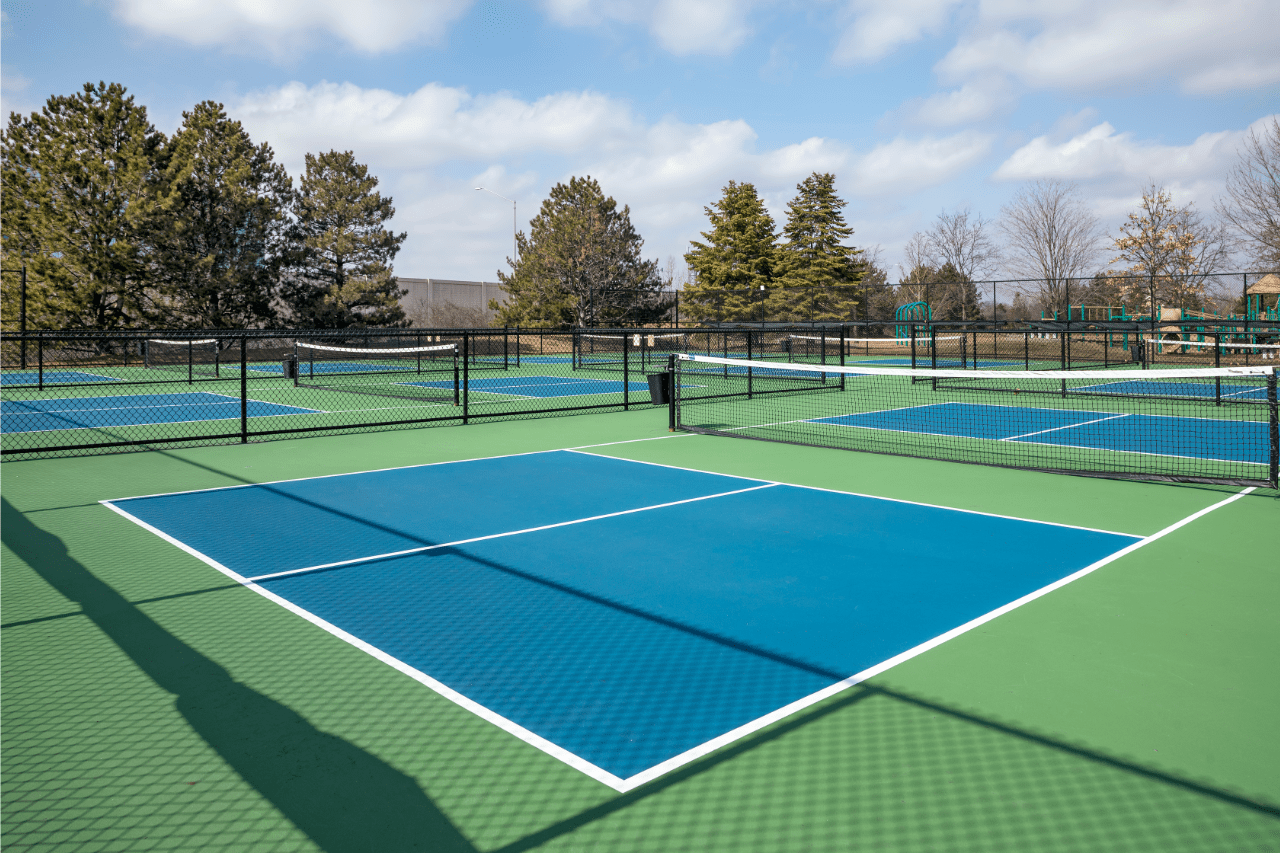Creating a durable and high-performance basketball court begins with selecting the appropriate outdoor basketball court flooring . Whether you are building a residential court, a school facility, or a public sports complex, the right basketball flooring can significantly impact player safety, game quality, and the lifespan of the court. Understanding the types of flooring available, their benefits, and proper installation techniques is essential for a successful project.
Types of Basketball Flooring for Outdoor Courts
Choosing the right basketball flooring depends on several factors, including budget, usage frequency, climate, and maintenance requirements. Common types of outdoor basketball court flooring include:
- Synthetic or Modular Tile Flooring: Interlocking modular tiles are one of the most popular options for outdoor basketball courts. They are easy to install, weather-resistant, and provide excellent traction and shock absorption. Modular tiles allow for quick repairs and can be replaced individually if damaged, making them a practical choice for heavily used courts.
- Rubber Flooring: Rubber surfaces offer superior cushioning, reducing stress on players’ joints. Rubber flooring is durable, resistant to weather conditions, and easy to maintain. Its non-slip surface ensures player safety even during rainy conditions.
- Acrylic Surfaces: Acrylic is a cost-effective and versatile option for outdoor basketball courts. Multiple layers of acrylic coatings provide a smooth finish, consistent bounce, and vibrant colors. Acrylic courts require periodic resurfacing to maintain performance but are relatively low-maintenance and long-lasting.
- Concrete or Asphalt Courts: Traditional concrete or asphalt courts are widely used for public outdoor facilities. They are highly durable and require minimal maintenance, but they can be hard on players’ joints. Adding a cushioned acrylic or synthetic layer over asphalt can improve playability and safety.
Key Factors in Outdoor Basketball Court Flooring
- Drainage: Proper drainage is crucial to prevent water pooling and surface damage. Slightly sloped flooring ensures water flows off the court efficiently.
- Durability: Outdoor courts are exposed to weather conditions, so the flooring must withstand sun, rain, and temperature fluctuations without cracking or fading.
- Traction and Safety: A non-slip surface is essential to prevent injuries and allow players to move confidently.
- Maintenance: Regular cleaning and resurfacing prolong the life of the court. Synthetic and modular options are often easier to maintain compared to concrete or asphalt.
Benefits of Quality Basketball Flooring
Investing in high-quality basketball flooring enhances performance and player satisfaction. Proper flooring absorbs impact, reducing the risk of injuries, and ensures consistent ball bounce and traction. Additionally, well-designed surfaces improve aesthetics and add value to residential, educational, or recreational facilities.
Conclusion
Choosing the right outdoor basketball court flooring is vital for creating a durable, safe, and enjoyable playing environment. The selection of suitable basketball flooring depends on factors such as usage, climate, and budget. By investing in quality materials, professional installation, and regular maintenance, you can ensure a high-performing court that provides years of safe and enjoyable play for all users. Whether you prefer modular tiles, acrylic, rubber, or traditional asphalt, the right flooring choice is the cornerstone of any successful outdoor basketball court project.

